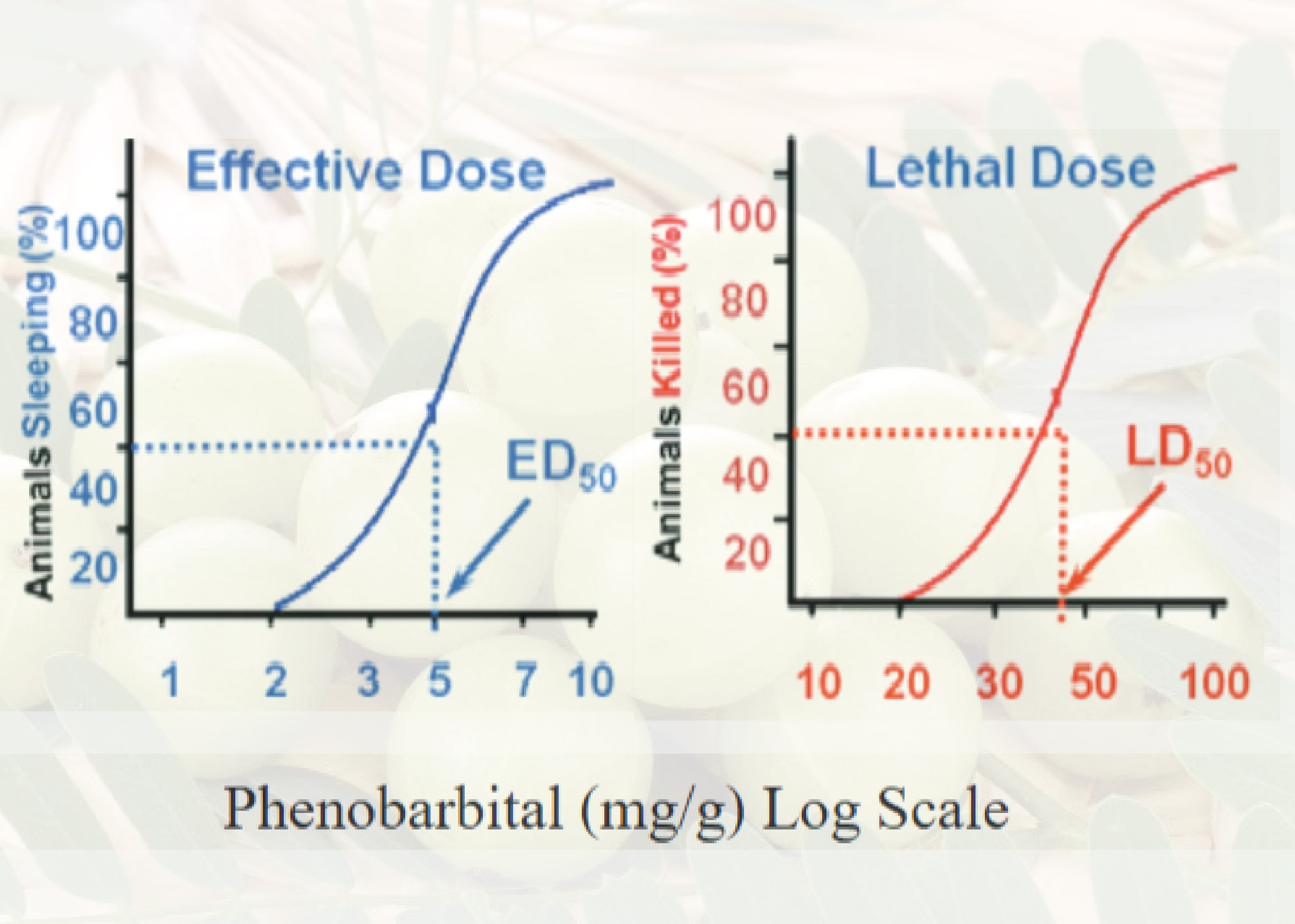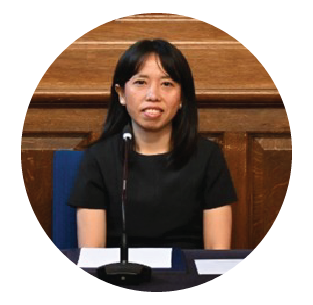ANTIDIABETIC ACTIVITY TEST USING AMLA FRUIT (PHYLLANTHUS EMBLICA L) EXTRACT IN ALLOXAN-INDUCED BALB/C MICE

Downloads
Background:The content of secondary metabolites in amla (phyllanthus emblica L.) such as flavonoids and phenols have the potential as an antioxidant. One of the benefits of antioxidants is to prevent degenerative diseases, such as diabetes mellitus. Purpose:This research to determine activity of amla fruit extract in reducing blood glucose levels at balb/c mice induced with alloxan. Method: This research method uses a pre and posttest-controlled group design with 35 balb/c mice divided into five treatments groups. In the positive control group and the treatment group alloxan was injected for 14 days. Result: Amla (Phyllanthus emblica L.) fruit extract at a dose of 40 mg / 20 g BW was equivalent to positive control of glibenclamide dose 3 mg / 20 g BW compared to the treatment group at a dose of 10 mg / 20 g BW and 20 mg /20 g BW. Conclusion: From this research, it was obtained that the best dose of Amla fruit (phylanthus emblica L) extract applied to blood glucose was 40 mg/20mg BW with a decrease percentage of 56,93% with an effective dose value (ED50) 50% of 34.00 mg / 20 g BW.
Alarcon-Aguilar, F., Vega-Avila, E., Alamanza-Perez, J., Valesco-Lezama, R., Vazquez-Carrilo, L., Ramon-Ramos, R. 2006. Hipoglicemic Effect of Plantago mayor L. Seeds in Healthy and Alloxan Diabetic Mice. Proceedings West. Pharmacol. Soc. Pp. 51-54.
American Diabetes Association. 2015. Standard of Medical Care in Diabetes. Diabetes Care. ADA : Amerika
Asmilia, N., Armansyah, T., Aliza, T. R. D. 2014. Antimalarial activity of Malaka leaves extract on Plasmodium falciparum. Proceedings of Konferensi Ilmiah Veteriner Nasional ke-13; Palembang, Indonesia.
Bandyopadhyay, S. K., Chatterjee, A., Chattopadhyay, S. 2011. Bhiphasic effect of phyllanthus emblica L. extract on NSAID-induced ulcer: An antioxidative trail weaved with immunomodulatory effect. Evidence based Complement. Altern. Med.Vol. 2011. Pp. 1-13.
Dipiro, J. T., Talbert, R L., Yee, G. C., Matzke, G. R., Wells, B. G., Posey. L. M. 2011. Pharmacotherapy: A pathophysiologic Approach. New York : Mc Graw Hill Medical.
Pp. 1205, 1209-1211.
Hidayat, M. A, Umiyah, Ulfa, E. U. 2007. Uji aktivitas antioksidan ekstrak air dan ekstrak methanol beberapa varietas buah kenitu (Chrysophyllum cainito L.) dari daerah Jember. Jurnal Berkala Penel. Hayati, Vol.13. Pp. 45-50
Jack. 2012. Synthesis of Antidiabetic Flavonoids and their Derivative. Medical Research. Pp. 180.
Karau, G. M., Njagi, E. N. M., Machocho, A. K.,Wangai, L. N. 2012. Hypoglycemic activity of aqueous and Etylacetate leaf and stem bark extracts of pappea capensis (L.) in alloxan induced diabetic BALB/c mice. British Journal of Pharmacology and Toxicology Vol. 3(5). Pp. 251-258.
Kumar, K. P. S., Bowmik, D., Dutta, A., Yadav, A. Pd., Paswan, S., Srivastava, S., Deb, L. 2012. Recent Trends in Potential Traditional Indian Herbs Emblica Officinalis and Its Medicinal Importance. J. Pharmacogn Phytochem Vol. 1(1). Pp. 24-32.
Markham, K. R. 1988. Cara Mengidentifikasi Flavonoid, diterjemahkan oleh kosasih Padmawinata. Bandung: Institut Teknologi bandung. Pp.15.
Nala, Ngurah. 1991. Usada Bali. Denpasar: PT. Upada Sastra
¬¬¬
Nala, Ngurah. 2002. Usada Kencing Manis. Denpasar: PT. Upada Sastra
Pourcel, L., Routaboul, J. M., Cheyneir, V., Lepiniec, L., Debeaujon, I. 2006. Flavonoid Oxidation in plants : From Biochemical Properties to Physiological Functions. Trends in plant Science Vol 12(1). Pp. 23-36
Rohilla, A., Ali, S. 2012. Alloxan Induced Diabetes: Mechanisms and Effect. International Journal of Research in Pharmaceutical and Biomedical Sciences Vol.3(2). Pp. 140-147.
Suarsana, I. N., Priosoeyanto, B. P., Bintang, M., Wresoiyanti, T. 2010. Profil Glukosa Darah dan Ultrastruktur Sel Beta Pankreas Tikus Yang Diinduksi Senyawa Aloksan. Bali: Fakultas Kedokteran Hewan Universitas Udayana
Sulistria, Y. M. 2013. Tingkat self care pada pasien rawat jalan Diabetes Mellitus di Puskesmas kalirungkut Surabaya. Jurnal Ilmiah Mahasiswa Universitas Surabaya Vol 2(2). Pp. 1-11.
Suyono, S. 2006. Diabetes Mellitus di Indonesia. Buku ajar Ilmu Penyakit Dalam. IV ed. Jakarta: Pusat penerbitan Ilmu Penyakit dalam Fakultas Kedokteran Universitas Indonesia
Widowati. 2008. Peran Antioksidan Sebagai Antidiabetes. Jurnal Kedokteran Maranatha Vol. 7(2). Pp. 1-11.
Wijaya, H. 2007. Pengaruh Ekstrak Meniran (Phillanthus ninuri) Terhadap Kadar Glukosa Mencit yang Diinduksikan Aloksan. Artikel. Bandung: Universitas Maranatha.
Yadav, S. S., Singh, M. K., Singha, P. K., Kumar, V. 2017. Traditional Knowledge to clinical trials: A riveew on therapeutic actions of Emlica officinalis. Biomedicine & Pharmacotherapy Vol. 93(2017). Pp. 1292-1302.
Copyright (c) 2019 Journal of Vocational Health Studies

This work is licensed under a Creative Commons Attribution-NonCommercial-ShareAlike 4.0 International License.
- The authors agree to transfer the transfer copyright of the article to the Journal of Vocational Health Studies (JVHS) effective if and when the paper is accepted for publication.
- Legal formal aspect of journal publication accessibility refers to Creative Commons Attribution-NonCommercial-ShareAlike (CC BY-NC-SA), implies that publication can be used for non-commercial purposes in its original form.
- Every publications (printed/electronic) are open access for educational purposes, research, and library. Other that the aims mentioned above, editorial board is not responsible for copyright violation.
Journal of Vocational Health Studies is licensed under a Creative Commons Attribution-NonCommercial-ShareAlike 4.0 International License














































